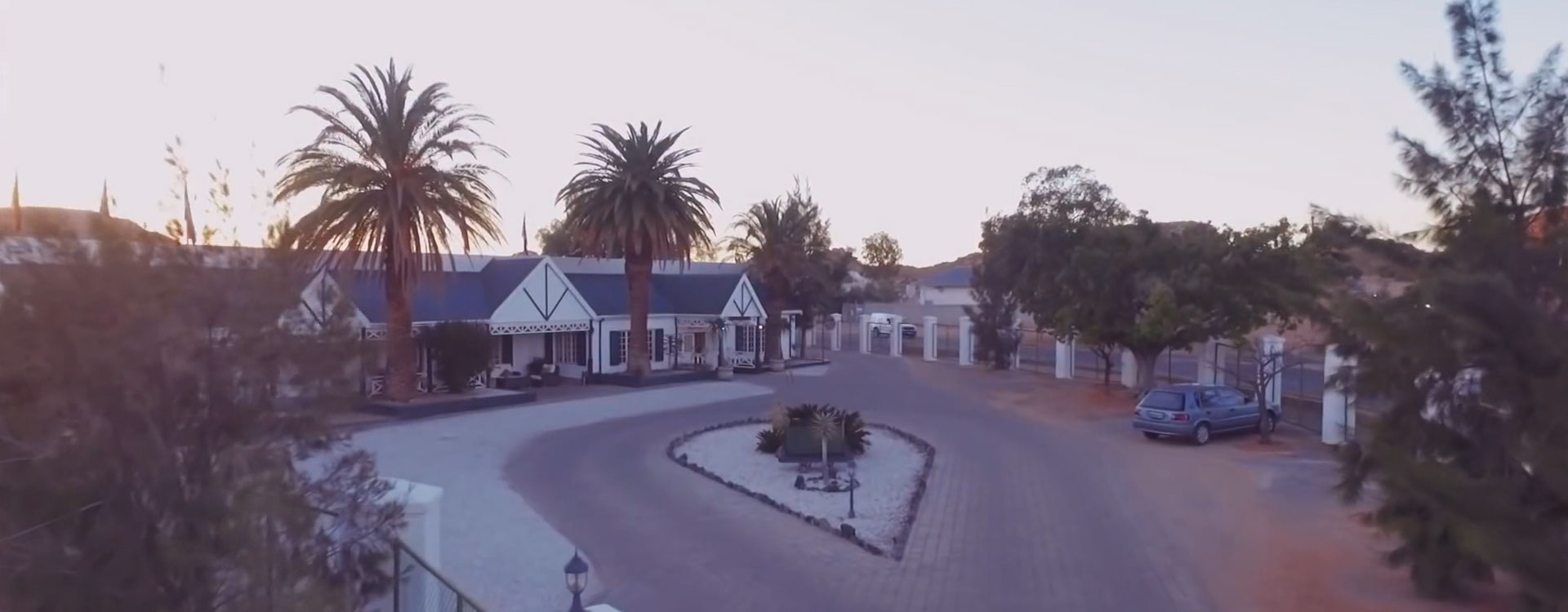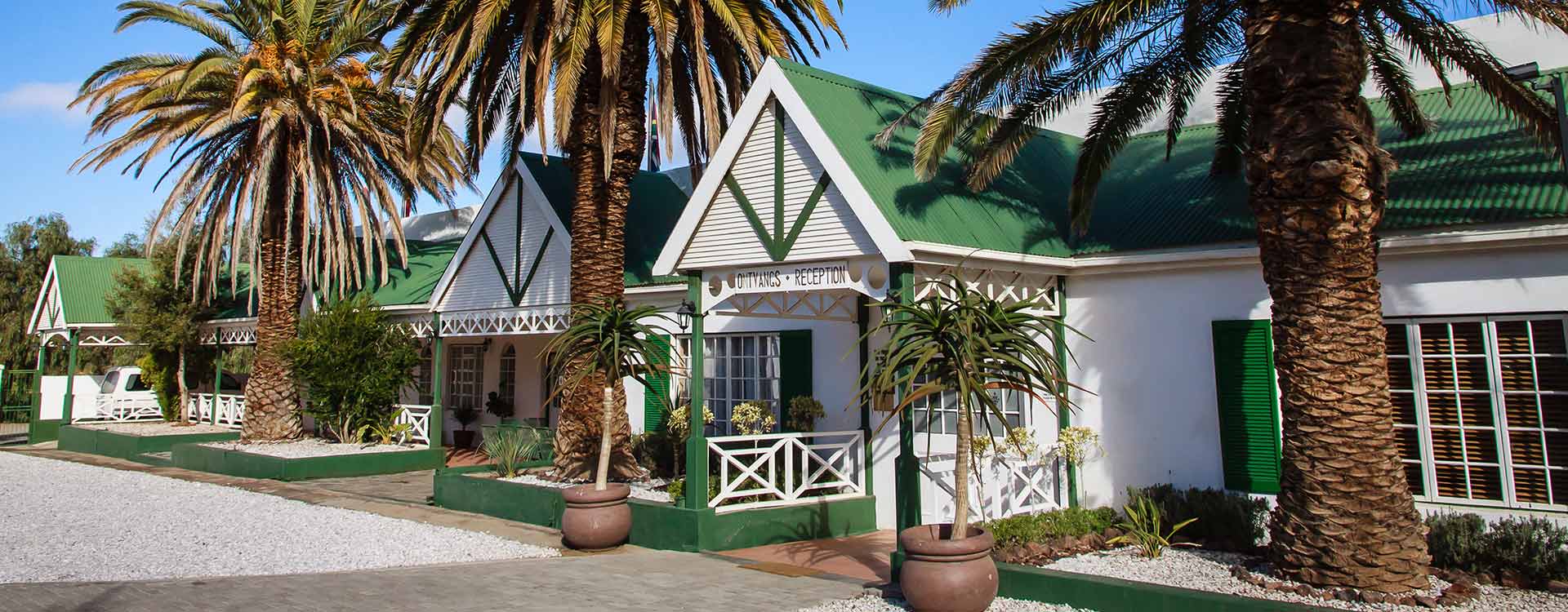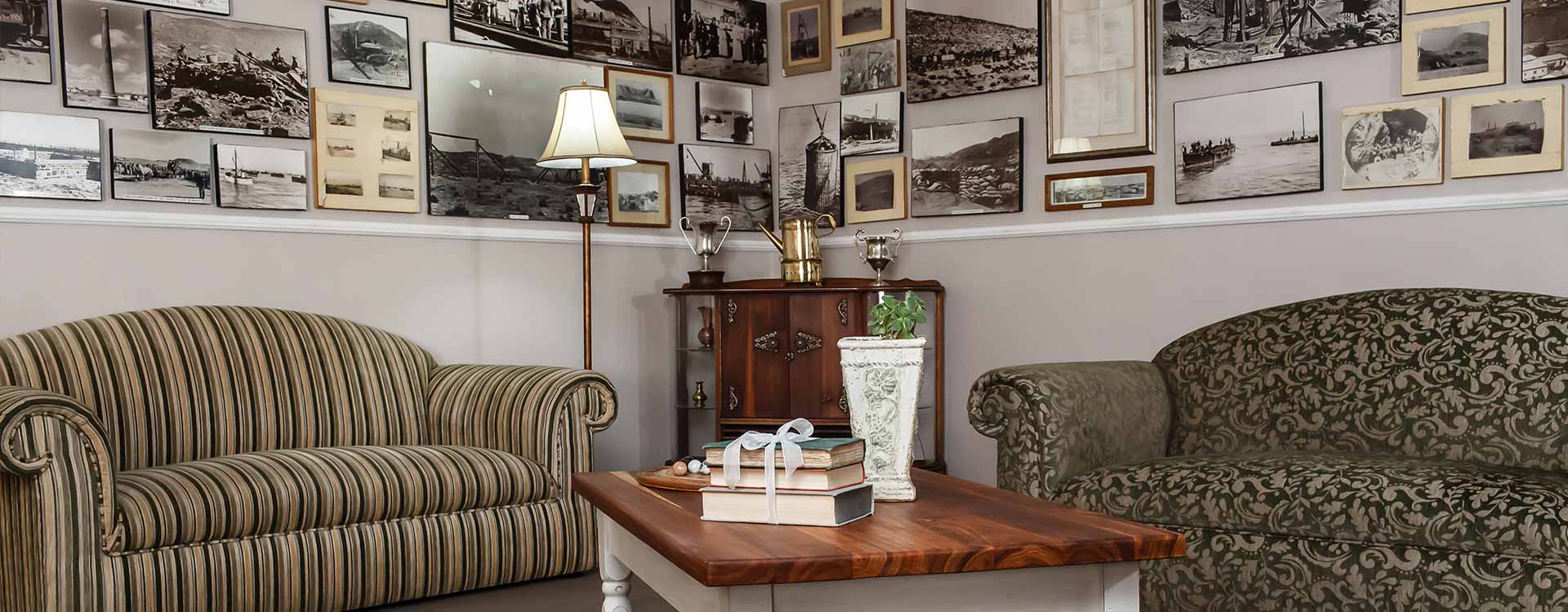
Elegance, Comfort, Country Hospitality
Welcome
OKIEP COUNTRY HOTEL is a convenient stopover or holiday base for tourists, nature lovers, businessmen and travellers. The Hotel has a three star grading with the Tourism Grading Council of South Africa.
Malcolm and his friendly staff offer you traditional country hospitality in a modern and elegant setting in the historic and restful town of Okiep, once the site of the richest copper mine in the world. Tours to the surrounding areas are also available on request.
The Hotel lies on two major national highways, the N14 and the N7:
We are 560 km from Cape Town, 1282 km from Johannesburg, 120 km from the Namibian border, and 800 km from Windhoek. There are daily air and bus services to and from Springbok and car hire services are available.
FREE WI-FI IN ALL ROOMS AND PUBLIC AREAS















